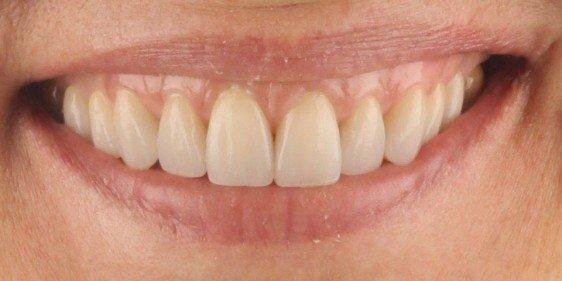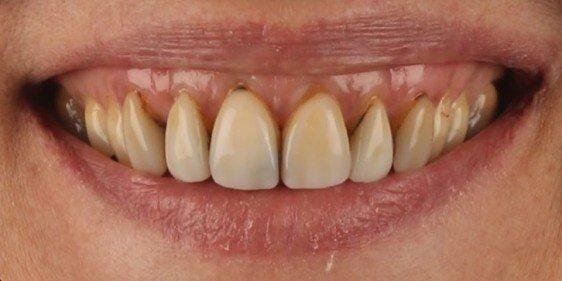Restorative dentistry
Restorative dentistry is a branch of dentistry better known as provision and placement of fillings.
What is restorative dentistry?
Restorative dentistry is a branch of dentistry that focuses on restoring damaged, weakened or lost teeth. This discipline goes far beyond simply improving the aesthetics of your smile; it is about restoring the functionality and health of your teeth.
Whether you are dealing with tooth decay, a broken tooth, loss of tooth tissue due to wear, erosion or other dental problems, restorative dentistry offers advanced solutions to restore and improve your smile and oral health. This is critical to ensure the continued optimal functionality of your teeth.

How do we proceed?
The procedure followed by our MOND specialists depends on the severity of the damage done to the teeth. In practice, we distinguish between 2 basic techniques.
Fillings
When tissue loss is limited, we can usually restore it in 1 appointment with tooth-coloured filling material (composite). This is applied in layers under the best possible conditions. With this procedure, a rubber dam (also known as a dental dam) and adhesive techniques are used:
- Specifically, we apply a rubber patch over your tooth to isolate this tooth from your cheek, tongue, and mucous membranes ensuring it is kept perfectly dry and preventing new bacteria from getting under the filling. Additional benefits include the fact that you will not come into contact with our products and instruments, nothing can fall down your throat, it is easier for you to control your breathing and swallowing, and there is less risk of contamination between the dentist and patient as a result of a sudden coughing fit. Research has shown that almost all patients experience a greater degree of comfort and less stress when the fillings are inserted under a rubber dam.
- Adhesive techniques are the preparations required to optimally bond the composite to the tooth material using mild etching, primer and bonding. This ensures that the filling is properly integrated into your tooth and reduces the risk of a fracture or the filling becoming loose in the future.
These treatments are largely reimbursed under health insurance and fully reimbursed in children up to the age of 18. Gray (amalgam) fillings are no longer used in MOND practices.
Ceramic overlay or crown
If the fracture or loss of tooth material is too great, a filling often proves insufficient to preserve the tooth in the long-term. This is because the chewing surface is too extensively affected, leaving the remaining tooth with inadequate protection from further fracture. In these situations, your dentist will suggest a ceramic overlay or crown. This treatment is done in 2 stages.
- During the first appointment, all of the bad dental material is removed and the bottom is sealed to prevent the entry of bacteria, after which a scan or impression of this is taken for the dental lab to work with. They will use it to reconstruct a new chewing surface for your tooth that is made from ceramic (porcelain, lithium silicate or zirconia).
- During the second stage, the restoration is bonded over the remaining tooth material. This will be in a colour that best matches your surrounding teeth. Your tooth is then 100% functional again and you will be able to once more chew anything without worrying, just as with your own teeth.
Unfortunately, the Belgian health insurance fund (mutuality) does not provide any (or only provides limited) amounts for these treatments. Additional insurances such as a dental plan will cover these costs and so it might be worth considering this if your dentist is of the opinion that you will need this type of restorative work in the future. Experience has shown us that patients with large, old grey fillings will sooner or later experience a fracture of these teeth, after which a ceramic overlay or crown is more suitable.
Reimbursement for restorative dentistry
The lack of reimbursement for these often-necessary treatments remains a problematic issue within the Belgian health insurance reimbursement system, since teeth are often filled with composite for too long instead of a ceramic crown being used. This can lead to an irreparable fracture, resulting in the loss of the tooth and only ultimately increasing the cost of replacing the tooth.
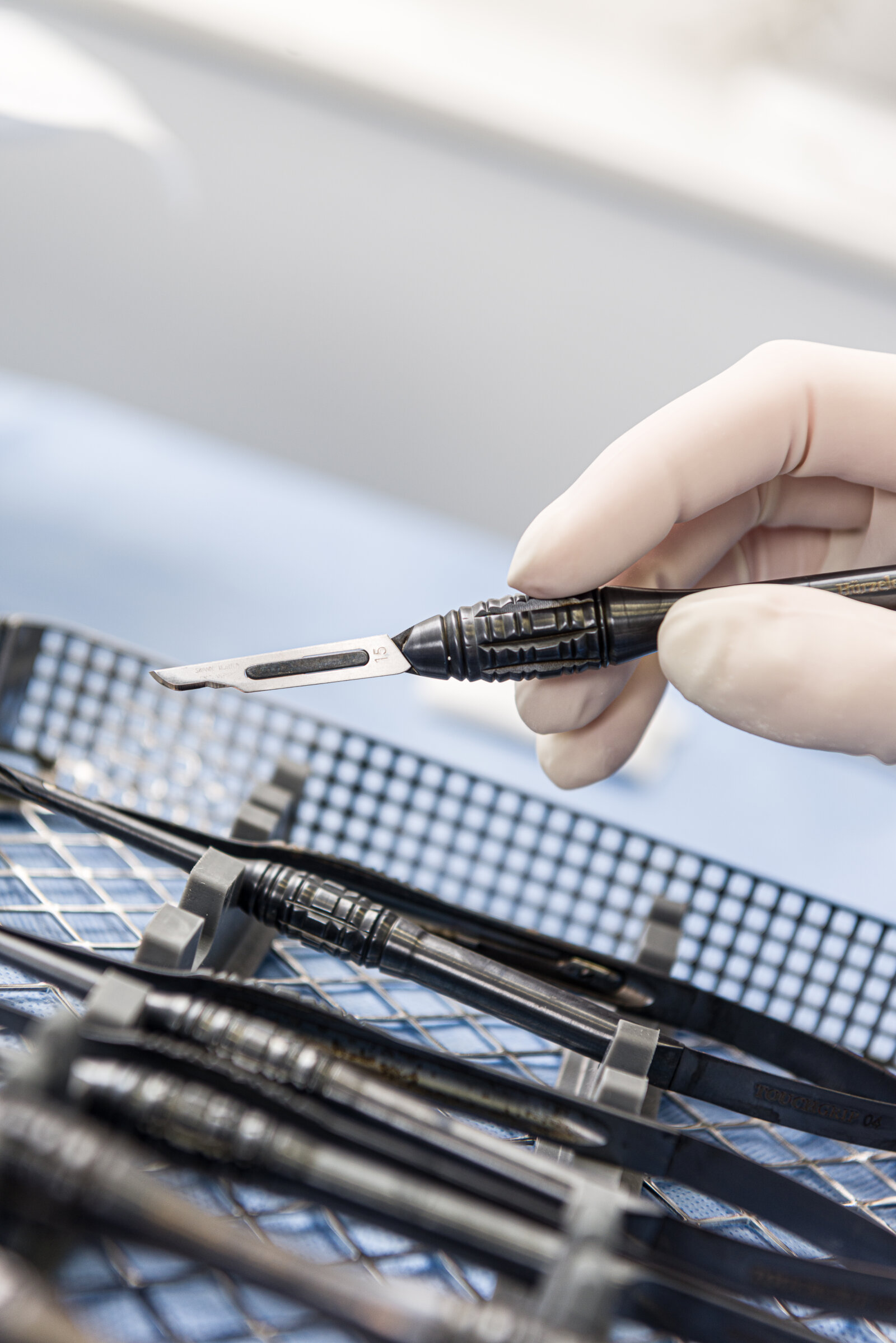
Recover you smile


Repair with crowns and veneers after nail biting
Discover this smile | Repair with crowns and veneers after nail biting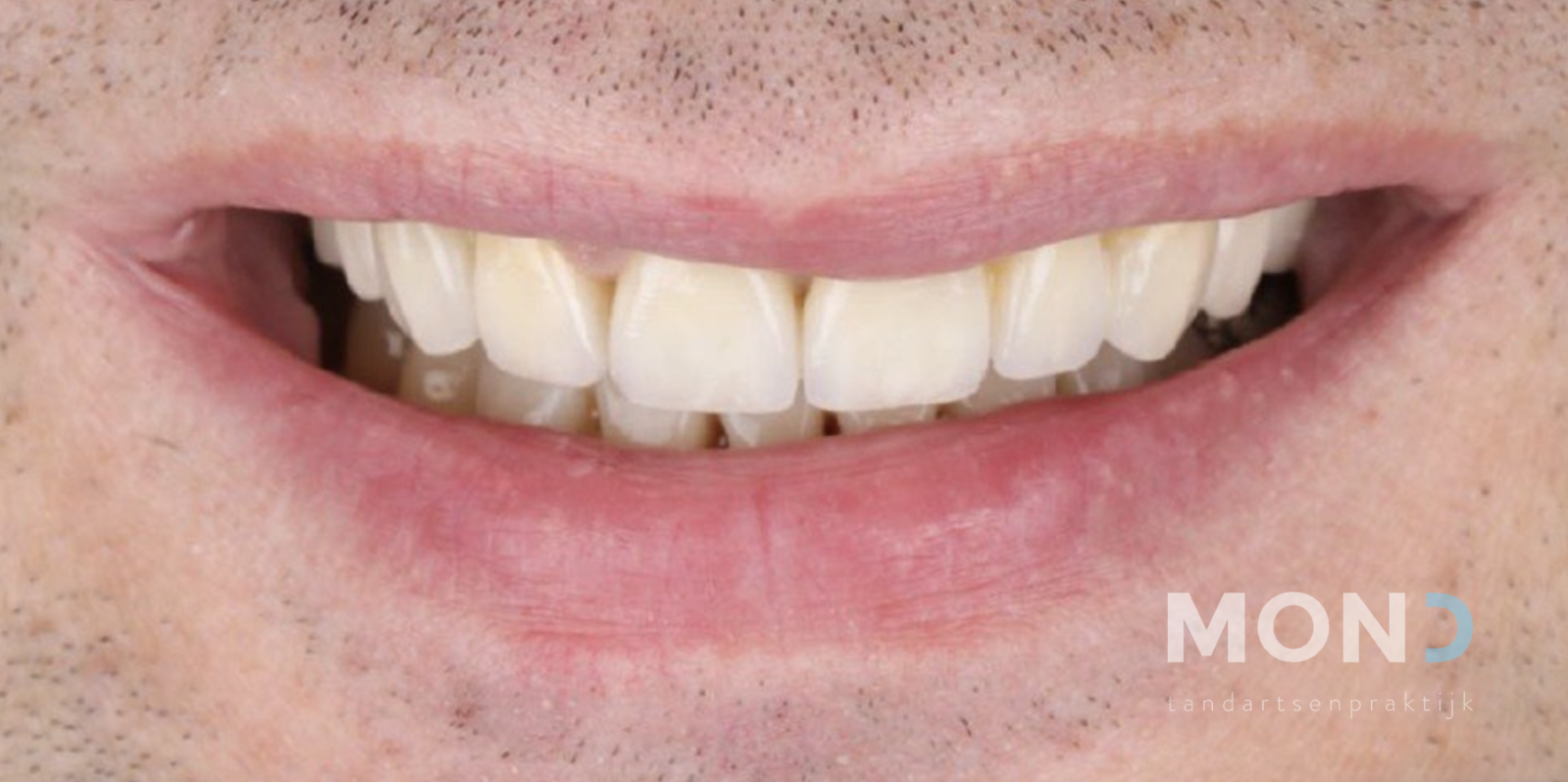
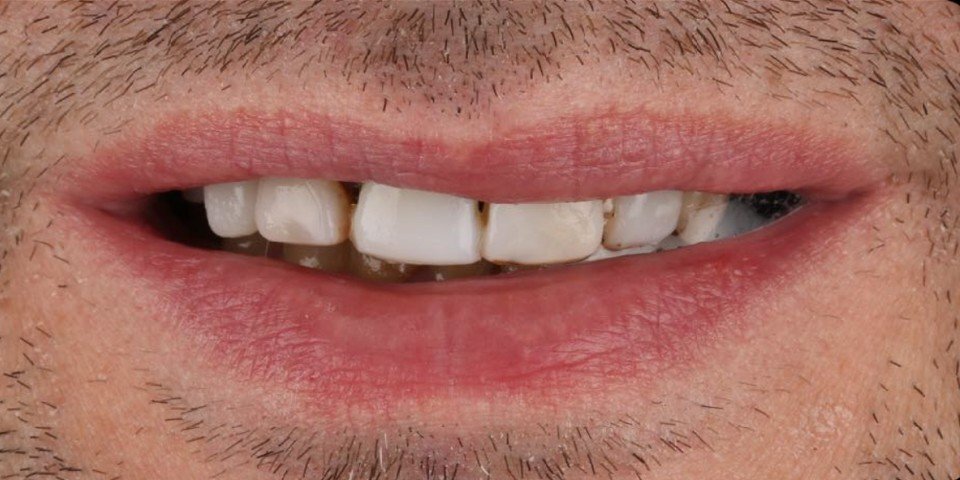
Combination of veneers with porcelain and composite
Discover this smile | Combination of veneers with porcelain and composite
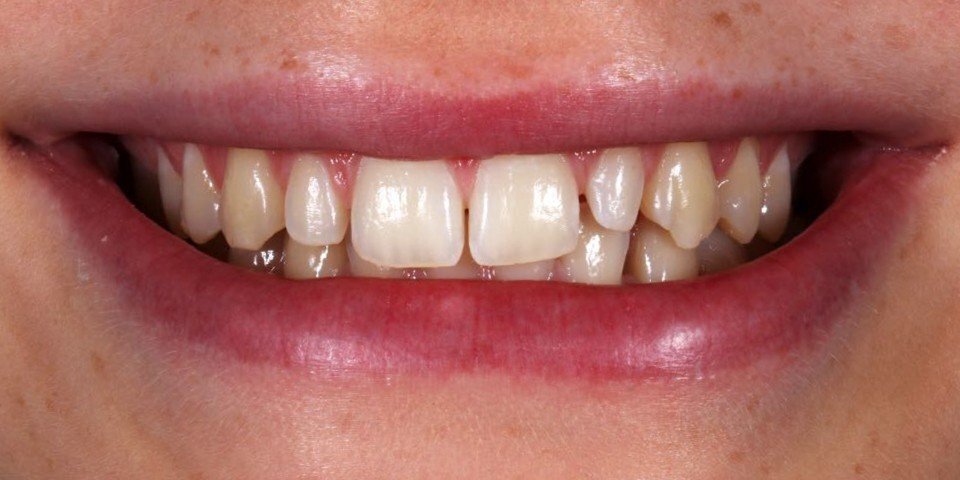
Cone teeth repair as a result of composite construction
Discover this smile | Cone teeth repair as a result of composite construction
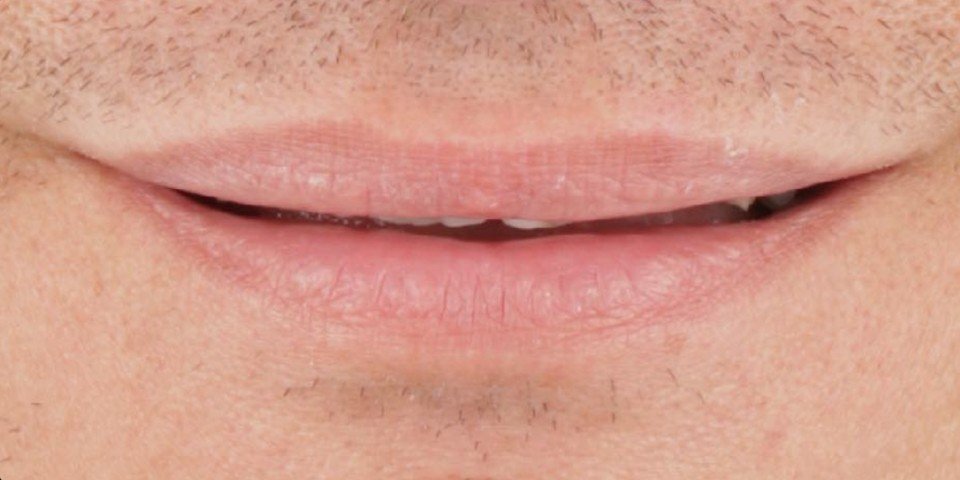
Porcelain bridgework for bite restoration
Discover this smile | Porcelain bridgework for bite restorationIs a restorative dentistry something you’re interested in?
Check out the practices that offer restorative dentistry below:
MOND Groen Kwartier
Pater Pirestraat 50,
2018 Antwerpen
MOND Paro Plus
Louis Marcelisstraat 25a,
1970 Wezembeek-Oppem
MOND Dentopolis Leuven
Martelarenlaan 42,
3010 Leuven
MOND Dentopolis Kortenberg
Leuvensesteenweg 638,
3071 Kortenberg

